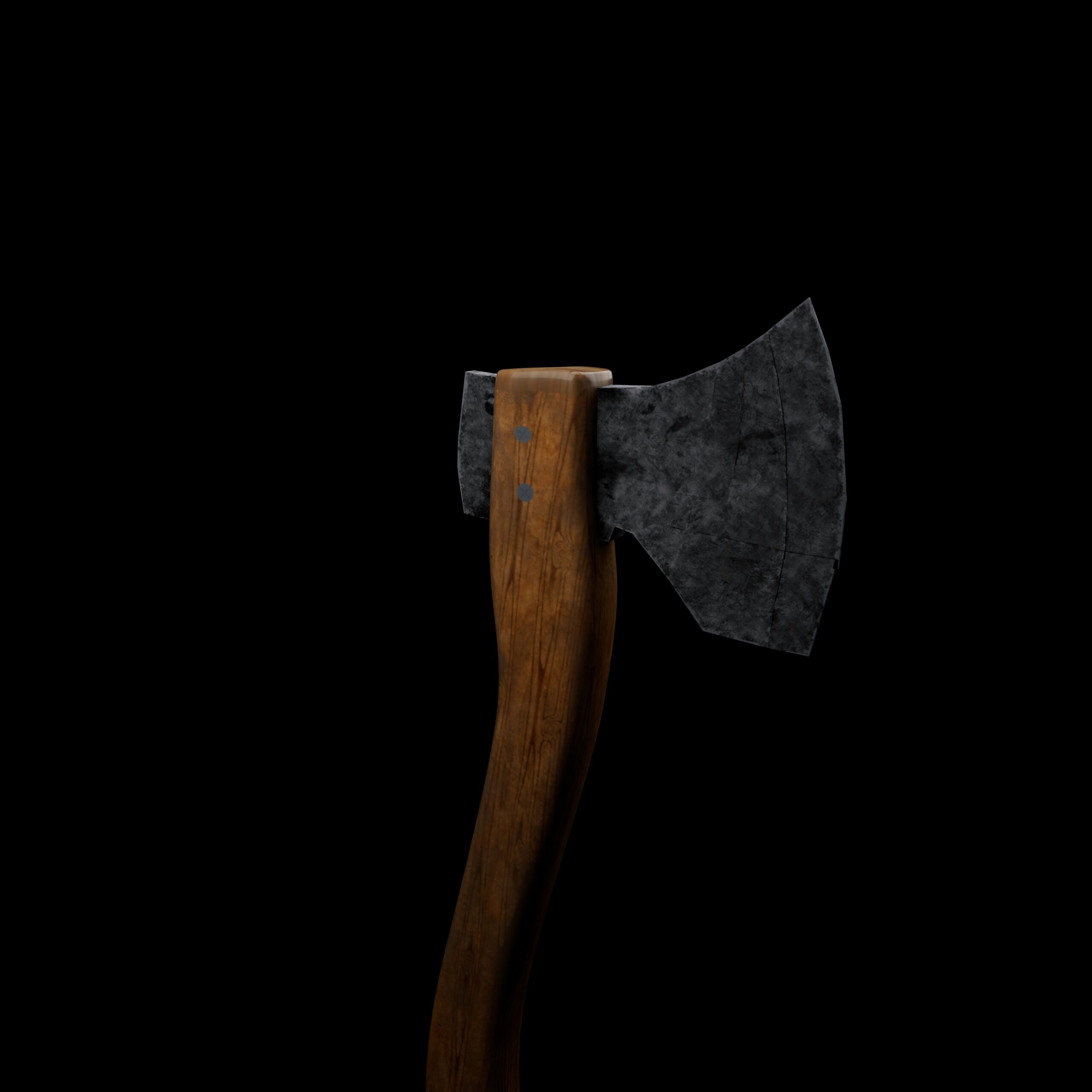Single-handed axe throwing can be a daunting challenge for many. This guide will teach you how to master this skill, focusing on proper technique and safety. You’ll learn how to choose the right hatchet, use your leg and shoulder for maximum force, and hit the bullseye consistently. By the end, you’ll have the knowledge to improve your accuracy and become a skilled single-handed axe thrower.
Key Takeaways
- Single-handed axe throwing requires proper technique, safety precautions, and consistent practice for mastery
- Selecting the right axe with appropriate weight and balance is crucial for optimal performance
- Correct stance, grip, and body alignment form the foundation for accurate throws
- Regular practice drills, goal setting, and expert feedback help improve precision and skill level
- Safety measures, including proper attire and a secure throwing area, are essential for enjoyable axe-throwing
Introduction to Single-Handed Axe Throwing

Single-handed axe throwing combines skill and precision. This section explores the history of one-handed techniques and the benefits of this throwing style. Understanding safety, rotation, distance, weight, and thumb placement is crucial for mastering this art. These elements form the foundation for accurate and effective single-handed axe throwing.
History and Origins of One-Handed Techniques
Single-handed axe throwing techniques trace their roots to lumberjack competitions and practical woodcutting methods. In these early days, workers developed efficient ways to wield axes with one hand, relying on wrist strength and precise foot positioning.
The hammer grip, often used in these techniques, allowed for greater control and power transfer from the thrower’s body to the axe head. As the sport evolved, competitors refined their methods, placing the axe handle near their ears for improved accuracy and consistency.
Benefits of Single-Handed Axe Throwing
Single-handed axe throwing offers several advantages. It enhances grip strength and arms control, allowing throwers to develop precise finger and thumb placement for optimal axe rotation. The technique also improves overall body coordination as throwers learn to align their arm, shoulders, and torso at the correct angle for accurate throws. Moreover, mastering single-handed throws provides a versatile skill set applicable to various axe-throwing competitions and recreational settings:
Choosing the Right Axe for One-Handed Throwing

Selecting the right throwing axe is crucial for mastering single-handed techniques. This section explores key characteristics of suitable axes, weight and balance considerations, and maintenance tips.
Understanding these factors helps throwers optimize their motion and performance, aligning with World Axe Throwing League standards. Proper axe selection impacts elbow positioning and overall throwing mechanics.
Characteristics of Suitable Axes
Suitable axes for single-handed throwing possess specific characteristics that enhance weapon control and momentum. The ideal axe features a balanced head-to-handle ratio, allowing for smooth rotation during release.
A well-designed handle provides a comfortable grip, enabling the thrower to maintain proper eye-hand coordination throughout the throwing motion. The axe’s overall weight and length should be proportionate to the thrower’s strength and arm span, facilitating optimal control and accuracy.
Weight and Balance Considerations
Weight and balance are crucial factors in selecting the right axe for single-handed throwing. The ideal axe typically weighs between 1.5 to 2 pounds, allowing for controlled throws without causing fatigue.
A well-balanced axe distributes weight evenly between the head and handle, ensuring smooth rotation during flight. Throwers should consider the following aspects when choosing an axe for single-handed throwing:
- Head weight: 1 to 1.5 pounds
- Handle length: 14 to 19 inches
- Overall weight: 1.5 to 2 pounds
- Balance point: Slightly forward of the handle’s midpoint
- Handle material: Hardwood or synthetic composite
Maintenance Tips for Your Axe
Regular maintenance ensures optimal axe performance for single-handed throwing. Throwers should clean the axe head and handle after each use, removing dirt and debris. Sharpening the blade periodically maintains its cutting edge while applying a thin coat of oil prevents rust formation. Inspecting the handle for cracks or splinters and replacing it when necessary ensures safety during throws.
Essential Safety Practices for Axe Throwing

Safety is paramount in single-handed axe throwing. This section covers essential practices for a secure throwing environment.
It outlines how to prepare a safe throwing area, choose proper attire and protective gear, and follow crucial rules during practice. These guidelines ensure a safe and enjoyable axe-throwing experience.
Preparing a Safe Throwing Area
A safe throwing area is essential for single-handed axe throwing. Throwers should designate a clear space with a sturdy target at least 12 feet away from the throwing line. The area should be free from obstacles and have proper lighting. Safety measures include:
- Secure fencing or barriers to contain stray axes
- Non-slip flooring to prevent accidents
- First aid kit readily available
- Clear signage indicating safety rules and throwing zones
- Adequate space between throwers to avoid collisions
Proper Attire and Protective Gear
Proper attire and protective gear are essential for safe single-handed axe throwing. Throwers should wear closed-toe shoes, comfortable clothing that allows for full range of motion, and avoid loose-fitting garments that could interfere with the throw.
Safety glasses protect the eyes from potential wood chips or axe fragments. Some throwers opt for lightweight gloves to improve grip and prevent blisters during extended practice sessions.
Rules to Follow During Practice
Adhering to safety rules during practice is crucial for single-handed axe throwing. Throwers must always throw from behind the designated line and wait for others to retrieve their axes before approaching the target. They should maintain a firm grip on the axe until release and never throw if someone is near the target area. Essential rules for safe practice include:
- Throw only when the target area is clear
- Retrieve axes one at a time
- Never throw an axe that appears damaged
- Keep hands away from the blade when carrying the axe
- Follow proper throwing technique to prevent injury
Mastering the Correct Stance and Grip

Mastering the correct stance and grip is crucial for success with single-handed axe throwing. This section covers optimal foot placement for balance, secure axe-holding techniques, and body alignment for precise throws. These elements form the foundation for accurate and consistent axe-throwing performance.
Foot Placement for Optimal Balance
Proper foot placement forms the foundation for optimal balance in single-handed axe throwing. Throwers should position their feet shoulder-width apart, with the dominant foot slightly forward. This stance provides stability and allows for a smooth weight transfer during the throw. Aligning the toes with the target helps maintain accuracy and consistency in each throw.
How to Hold the Axe Securely
Securing a proper grip is essential for single-handed axe throwing. Throwers should hold the axe near the end of the handle, with their dominant hand positioned about two inches from the bottom. The thumb and index finger form a “V” shape, cradling the handle while the remaining fingers wrap around it firmly. This grip allows for optimal control and a smooth release during the throw, enhancing accuracy and consistency.
Aligning Your Body for a Precise Throw
Proper body alignment is crucial for precise single-handed axe throwing. Throwers should face the target squarely, with their shoulders parallel to the throwing line. The dominant arm should be relaxed and aligned with the shoulder, while the non-throwing arm remains close to the body for balance. As the thrower prepares to release, they should lean slightly forward, transferring weight from the back foot to the front foot, ensuring a fluid and accurate throw.
Conclusion
Mastering single-handed axe throwing requires dedication to proper technique, safety practices, and consistent training. By selecting the right axe, perfecting stance and grip, and honing throwing mechanics, enthusiasts can significantly improve their accuracy and performance.
Regular practice, coupled with goal-setting and feedback from experienced throwers, enables continuous skill development and progression in this challenging sport. Ultimately, the art of single-handed axe throwing offers a unique blend of physical coordination, mental focus, and historical appreciation, making it a rewarding pursuit for those seeking to push their limits and achieve precision in a time-honored skill.

